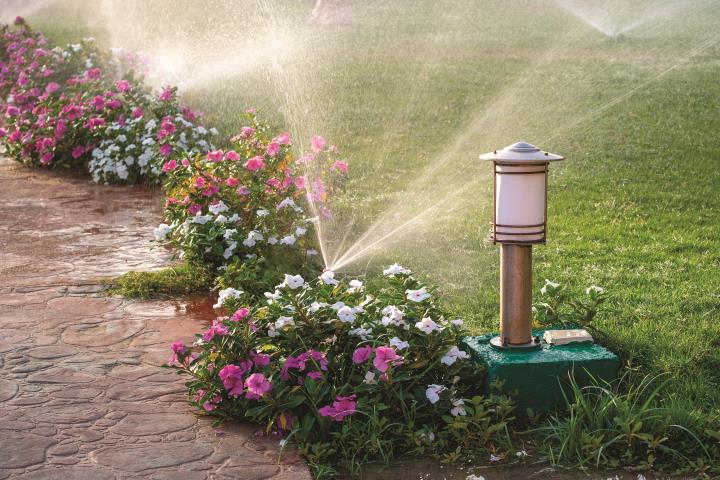Jul 14, 2025

For instance, certain plants, like succulents, require less water and thrive in drier conditions, while others, like vegetables and flowering plants, may need more frequent watering. By assessing your garden’s specific conditions, you can tailor your irrigation practices to keep your garden thriving during the hottest months.
Choose the Right Irrigation System
Selecting an appropriate system is essential for efficient water use and a healthy lawn and garden. Most homeowners choose from one of three simple options. Ideal for gardens with diverse plant types, drip irrigation systems deliver water directly to the roots of plants, minimizing evaporation and runoff.
Sprinkler systems, on the other hand, are better suited for larger lawns and can cover extensive areas quickly. For those looking for a balance between efficiency and coverage, soaker hoses offer a slow, steady water supply that reduces water waste.
Schedule Watering for Optimal Results
When it comes to watering your garden, timing is crucial. The best times to water are early in the morning or late in the evening when temperatures are cooler and evaporation rates are lower, ensuring more water reaches the plant roots.
Remember to also consider the frequency and duration of watering sessions. Overwatering can lead to waterlogged soil and root diseases, while underwatering can stress plants, making them more susceptible to pests and diseases.
Monitor and Adjust Your Plan
Check for signs of overwatering or underwatering, such as wilting, yellowing leaves or dry soil. Adjust your irrigation schedule and system settings based on these observations and changing weather conditions.
Smart irrigation controllers and soil moisture sensors can automate watering schedules and adjust them based on real-time data, helping conserve water and ensure your garden thrives throughout the summer months.
Find more tips to ensure a thriving lawn and garden at eLivingtoday.com.








